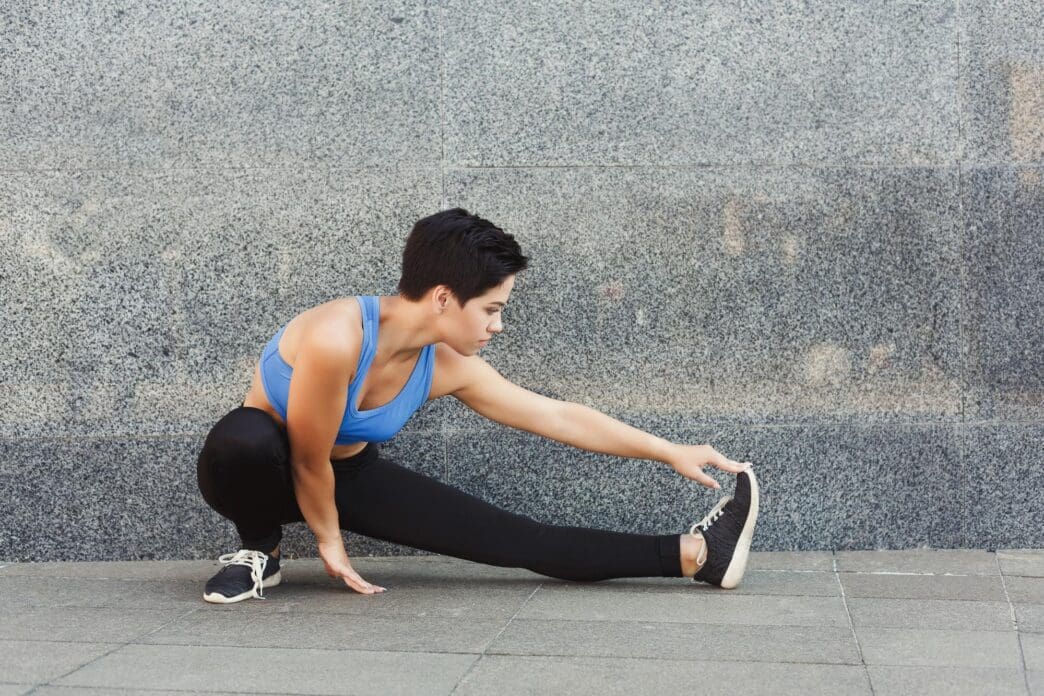A Quick Takeaway
The Story Behind the Trend
How to Make It Work for You
The Community View
For anyone engaging in heavy resistance training, a meticulously crafted warm-up routine is not merely an optional prelude but a critical component for success and safety. Executed prior to every workout session, typically in a gym or dedicated training space, this strategic preparation involving light cardio, dynamic movements, and progressive specific sets is essential to physically and mentally prime the body, significantly reducing the risk of injury while simultaneously enhancing overall performance and muscle activation. Mastering the art of warming up ensures that your body is optimally prepared to handle the demands of heavy loads, allowing you to lift more effectively and sustain your training journey.
Why Warm Up? The Science Behind the Sweat
A proper warm-up initiates several crucial physiological changes that prepare your body for intense physical exertion. It increases your core body temperature, which in turn makes muscles more pliable and less susceptible to strains and tears. This elevation in temperature also improves nerve impulse transmission, speeding up the communication between your brain and muscles.
Blood flow to the working muscles is significantly enhanced during a warm-up, delivering vital oxygen and nutrients while also improving the efficiency of waste product removal. Furthermore, warming up stimulates the production of synovial fluid, a natural lubricant within your joints, allowing for smoother movement and reducing friction. These combined effects contribute to better overall joint health and mobility.
Beyond the physical benefits, a warm-up serves as a mental preparation tool. It allows you to transition from daily activities into a focused training mindset, mentally rehearsing the movements and connecting with your body. This mental readiness is just as important as physical readiness for executing heavy lifts safely and effectively.
The Anatomy of an Effective Warm-Up
An optimal warm-up for heavy lifting typically consists of three progressive phases, each building upon the last to systematically prepare your body.
Phase 1: General Warm-Up
This initial phase aims to gently elevate your heart rate and increase overall body temperature. It typically involves 5-10 minutes of low-intensity cardiovascular activity. Examples include light jogging, cycling on a stationary bike, using an elliptical machine, or even jumping jacks.
The goal here is not to fatigue yourself but to get your blood flowing and signal to your body that it’s time to prepare for activity. You should feel a slight sweat and an increased heart rate, but still be able to hold a conversation comfortably.
Phase 2: Dynamic Stretching
Following the general warm-up, 5-10 minutes of dynamic stretching is crucial. Unlike static stretching, which involves holding a stretch for an extended period, dynamic stretches involve controlled movements through a full range of motion. This prepares your joints and muscles for the specific movements you’ll perform during your main workout.
Examples include arm circles, leg swings, torso twists, lunges with a twist, cat-cow stretches, and bodyweight squats. These movements actively lengthen and contract muscles, improving flexibility and activating the nervous system without compromising strength or power. Avoid static stretching at this stage, as it can temporarily decrease muscle strength and power output immediately before heavy lifting.
Phase 3: Specific Warm-Up Sets
This is perhaps the most critical phase for heavy lifting. It involves performing lighter versions of the actual exercises you plan to do, progressively increasing the weight until you reach your working sets. This primes your nervous system, refines your technique, and familiarizes your muscles with the specific movement patterns.
For example, if you’re squatting 225 pounds, your specific warm-up might look like this: 1-2 sets of 5-8 repetitions with just the barbell, followed by 1 set of 3-5 repetitions at 50% of your working weight (115 lbs), then 1 set of 2-3 repetitions at 75% (170 lbs), and finally 1 single repetition at 90% (200 lbs) before starting your first working set. The number of sets and reps will vary depending on your working weight and the complexity of the lift.
Each specific warm-up set should be performed with perfect form, focusing on the movement pattern and feeling the muscles engage. The goal is to prepare, not to fatigue, so keep the repetitions low as the weight increases.
Tailoring Your Warm-Up to Your Workout
While the three-phase structure provides a solid framework, your warm-up should be tailored to the specific demands of your training session. If you are performing a full-body workout, your dynamic stretches should cover a wider range of movements. For a leg day focused on squats and deadlifts, more attention to hip and ankle mobility will be beneficial.
Consider the intensity of your planned lifts; heavier compound movements like squats, deadlifts, and bench presses warrant more extensive specific warm-up sets than isolation exercises. Additionally, your personal mobility limitations or any previous injuries should influence your warm-up, potentially requiring extra attention to certain areas with targeted movements.
Common Warm-Up Mistakes to Avoid
Several pitfalls can undermine the effectiveness of your warm-up. Skipping it entirely is the most detrimental, exposing you to a higher risk of injury and suboptimal performance. Conversely, making your warm-up too long or too intense can lead to premature fatigue, leaving you drained before your main lifts even begin.
Another common mistake is excessive static stretching before lifting heavy, which can temporarily reduce muscle power. Lastly, neglecting the specific warm-up sets, or performing them with poor form, misses the opportunity to properly prime your nervous system and rehearse the movement patterns for your working sets.
Embrace the Preparation
Integrating a comprehensive and well-structured warm-up into your heavy lifting routine is a non-negotiable step towards unlocking peak performance and ensuring long-term training success. By consistently preparing your body with general cardio, dynamic movements, and progressive specific sets, you not only mitigate injury risk but also optimize your strength, power, and overall lifting experience. View your warm-up not as an obstacle, but as an integral part of your training that sets the stage for every successful lift.







